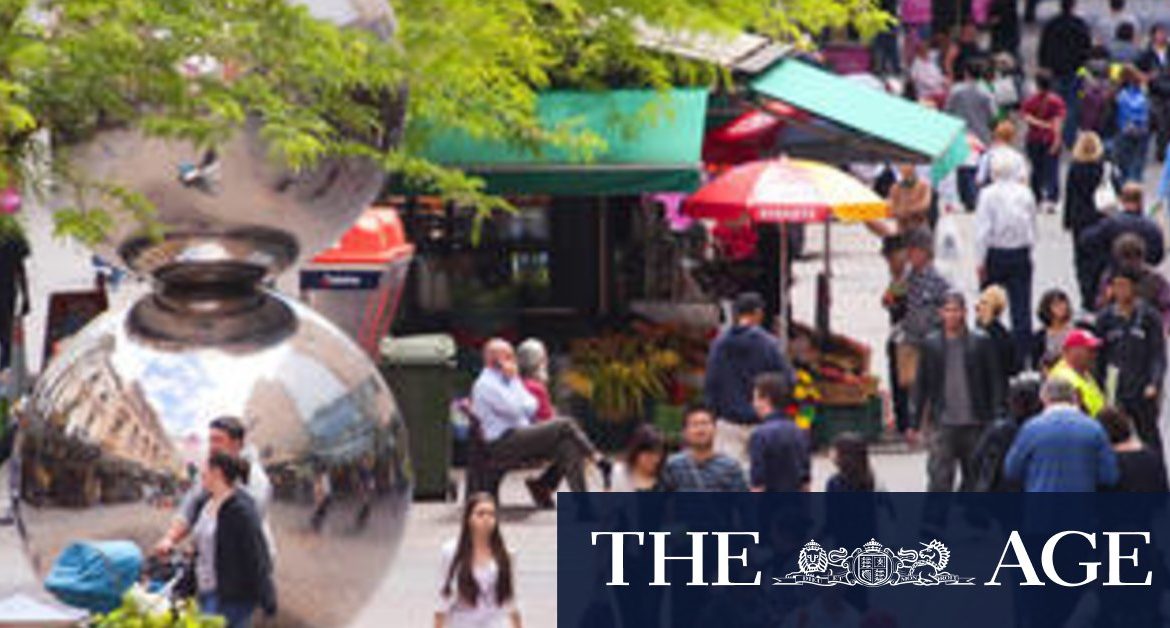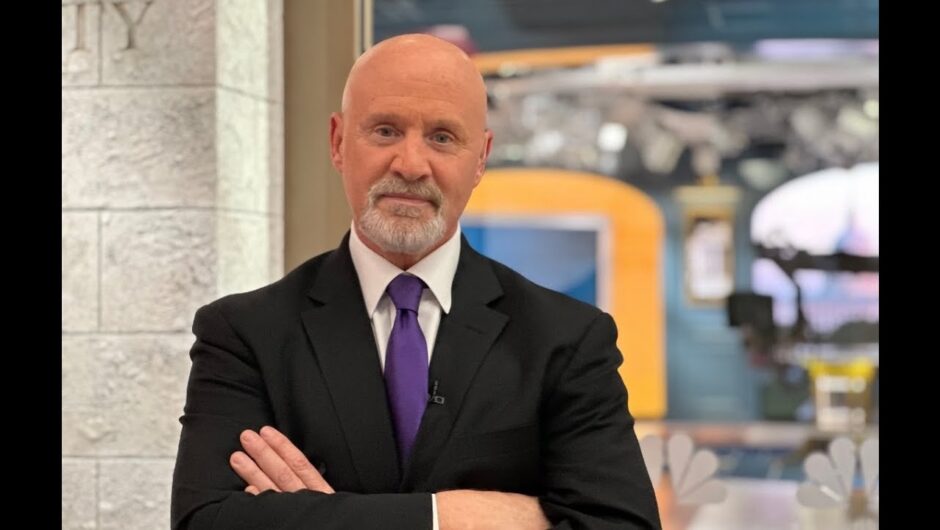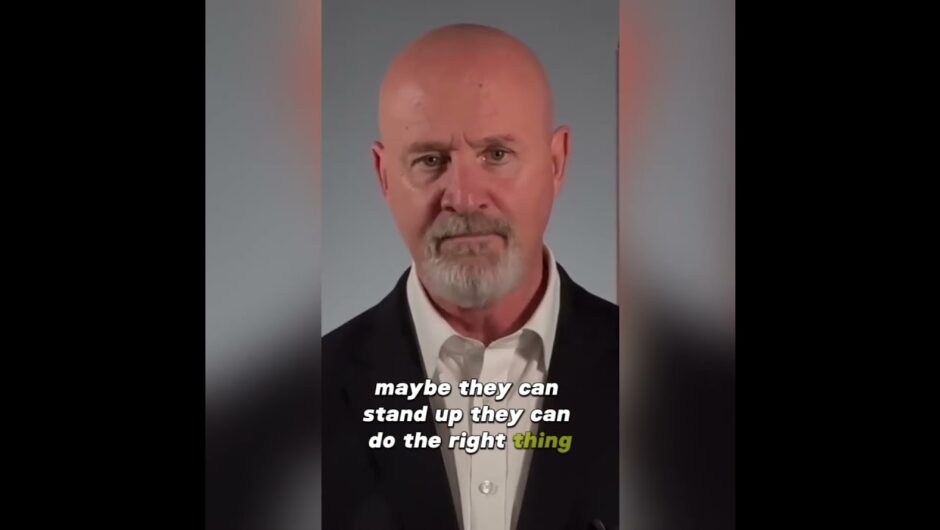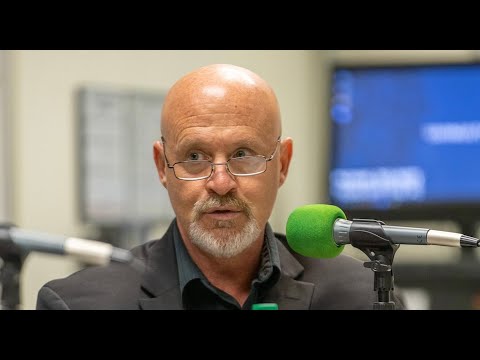“This is this is very much deja vu. This is very similar to what happened in Victoria,” said Adrian Esterman, an epidemiologist at the University of South Australia.
New restrictions will be placed on those living in South Australia from Tuesday, including gym closures, a limit of 10 people allowed in each household and no stand-up drinking, while international flights to the city have been suspended for the rest of the week.
People queuing at the COVID-19 Testing site at Parafield Airport.Credit:Kelly Barnes
People will be urged to wear masks when they can’t keep a distance from others, especially on public transport.
South Australian Premier Steven Marshall said they would act “hard and early” so the restrictions could be kept in place for the shortest period of time.
“We are facing our biggest test to date but we can and must rise to this new challenge,” he said.
South Australia was due to reopen its border to Victoria on December 1. However, with Victoria recording three active cases of coronavirus, compared to South Australia’s 34 cases, that reopening is now in doubt.
Victorian and NSW premiers had expressed an unwillingness to introduce new border closures.
Late on Monday afternoon, the Victorian health department announced that all flights coming from Adelaide to Melbourne would be met by health officials, where people would have their names taken, be asked about their symptoms and have their temperature checked.
Those who come from hotspots will need to go into isolation.
“They will be asked to isolate and get tested if they are coming from an area of risk identified by the South Australian Government,” said Victorian Deputy Chief Health Officer Dr Allen Cheng.
“If they refuse to get tested they will be treated as a close contact and be asked to self-isolate for 14 days.”
More than 800 people died in Victoria from coronavirus, mostly when the disease made its way into dozens of Victorian aged care facilities after escaping from hotel quarantine, prompting an inquiry into the program’s failures.
Premier Daniel Andrews offered his support to South Australia on Monday, while also highlighting the role security guards may have played in the outbreak, a possibility that is being investigated through genomic testing.
SA cluster alert
SA Health is racing to contact anyone who attended the emergency department at Lyell McEwin Hospital between 5.30pm on Friday and 4am on Saturday who may have been a close contact of the woman in her 80s.
Alerts have also been issued for Parafield Plaza Supermarket in Adelaide’s northern suburbs, while a Hungry Jack’s restaurant in Port Adelaide has closed after an employee worked there while infected.
Mawson Lakes School and Preschool have closed after a student was a close contact of a confirmed case.
“I’ll leave it to South Australian Premier [Steven] Marshall to go through the details of these things. But it seems like there’s some security guards, that’s gone out of hotel quarantine, large family, and look, anything we can do anything we can do, we’re more than happy to help,” said Mr Andrews.
South Australia medical experts have expressed confidence in the state’s contact tracing team.
AMA’s South Australian president Dr Chris Moy said at the beginning of the pandemic South Australia had double the number of public health officers per capita compared to Victoria, and the state was “well ahead” on contact tracing and testing.
Professor Esterman said South Australia had a long history of conducting contact tracing that dated back to the 1980s monitoring HIV, but he warned it would be challenged if the cluster was to grow further.
“If they crack down on it now, they will be fine. If it gets too much bigger, we’ll be struggling to have enough contact tracers.”
South Australia is reportedly adopting the “third ring” strategy of isolating cases, a resource-hungry measure involving close contacts and contacts of close contacts introduced in Victoria at the end of the state’s second wave.
Two of the 17 cases associated with the South Australian outbreak are also in hospital as a precaution, due to their age and vulnerability, while others have been moved into “medi-hotels” – the term South Australia uses to describe its quarantine system.
South Australia’s Chief Public Health Officer Professor Nicola Spurrier said the youngest was a baby aged one and the eldest a man in his 80s.
“It’s a large family that make up the majority of this cluster. This family have been extremely helpful and have really supported our efforts working through this,” she said.
The Royal Adelaide Hospital will become the dedicated centre for any coronavirus patients.
Dr Michael Farquharson, an Australian and New Zealand Intensive Care Society representative who works at the hospital, said South Australia was prepared to double its 48-bed intensive care unit, or more, if needed.
Nevertheless, Mr Moy said the cluster had come as a shock to many South Australians, who had enjoyed eight months without a case of community transmission.
“We are, frankly, extremely worried about where it’s at,” he said.
“We’ve been watching Victoria from afar for the last few months, but it’s almost been an alternate reality to South Australians.”
Aisha Dow reports on health for The Age and is a former city reporter.
Most Viewed in National
Loading







